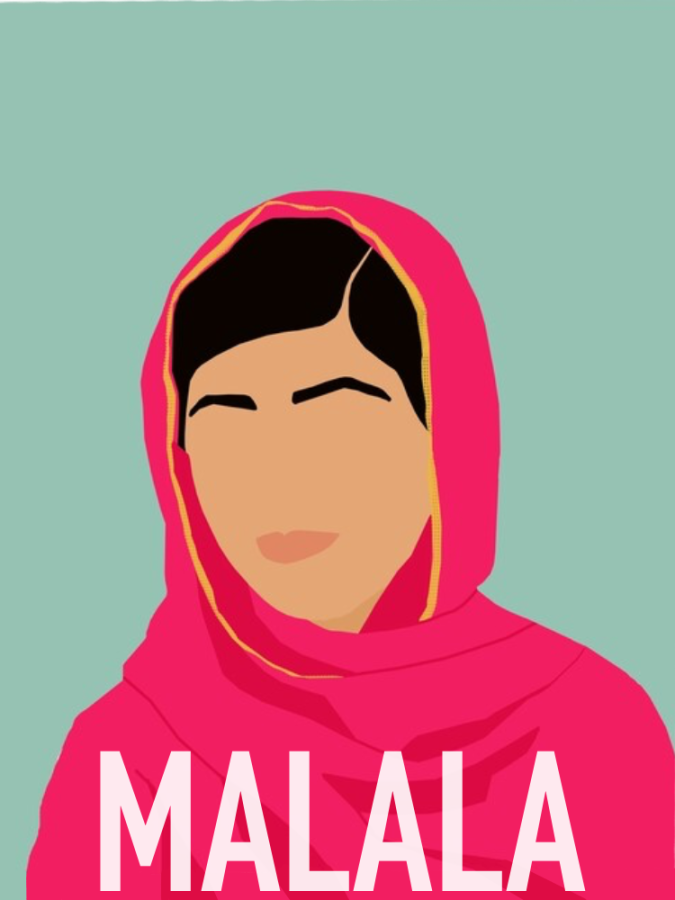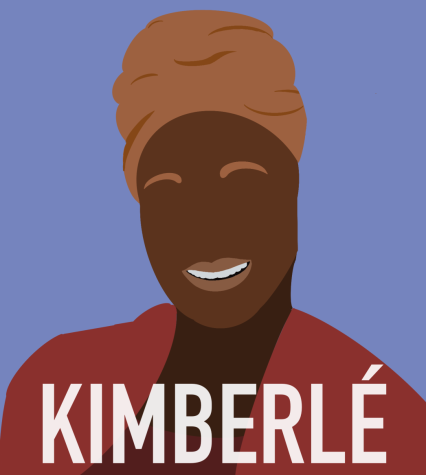Women’s History Month: Middle Eastern women’s rights
In the Middle East, women’s rights advocates have seen victories as women can now drive and travel more freely as of recent years in the push for equal rights. However, the fight for gender equality is far from an easy battle.
For generations, women in the Middle East have lacked numerous rights that men have. These range from travel restrictions women faced to child marriages, so-called honor killings of women, complicated divorce processes, severe dress codes and more. Middle Eastern women struggle with the devastating power differences in the patriarchal system that has existed for so long. According to thenationalnews.com, up until 2018, women in Saudi Arabia were banned from driving; it was the only country in the region with this rule, separating Saudi Arabia even compared to its neighboring countries. 2015 was when Saudi Arabian women were first permitted to vote in local elections, and in 2016, the employment rate of Saudi Arabian women had been at a mere 66 percent.
Fortunately, as time passes women are being recognized more for the rights they deserve. This includes laws against domestic violence being passed in countries like Iran and enforcing laws that hold rapists and abusers accountable, according to Chatham House. While many of these reforms are likely due to politicians feeling pressure from other Western societies’ own progressive advancements to reform and value equality for all, progress is still progress.
But it ought to be noted that the pandemic creates a low point for Middle Eastern women in particular, as quarantine traps people at home. Victims of domestic violence (which approximately 37 percent of women in the Middle East experience) are among these trapped people. Furthermore, women are more likely to lose their jobs and suffer casualties in conflicts. “In Palestine, the COVID-19 pandemic exacerbated many challenges women face, leading to higher levels of domestic violence, alarming rates of emotional and psychological distress, increased domestic responsibilities, and lower female participation in the national labor market,” Wilson Center employee Dalia Hatuqa wrote in an article from 2021.
Social media also depicts a gap between the way men and women are treated, specifically in politics. Female Middle Eastern politicians receive a significant amount of abusive comments online. They are heavily criticized about things like their clothes and that they typically are too “emotional,” whereas these topics are not discussed when it comes to discourse regarding male politicians. Yet at the same time, individual Middle Eastern women on social media are one of the more accurate depictions of life for them, compared to the international media which still has the ability to pick and choose what is broadcasted.
Ultimately, the fight for women’s rights everywhere in the Middle East is far from over. While the wins must be celebrated, more progress must be had in order to give all women the equality they deserve.













